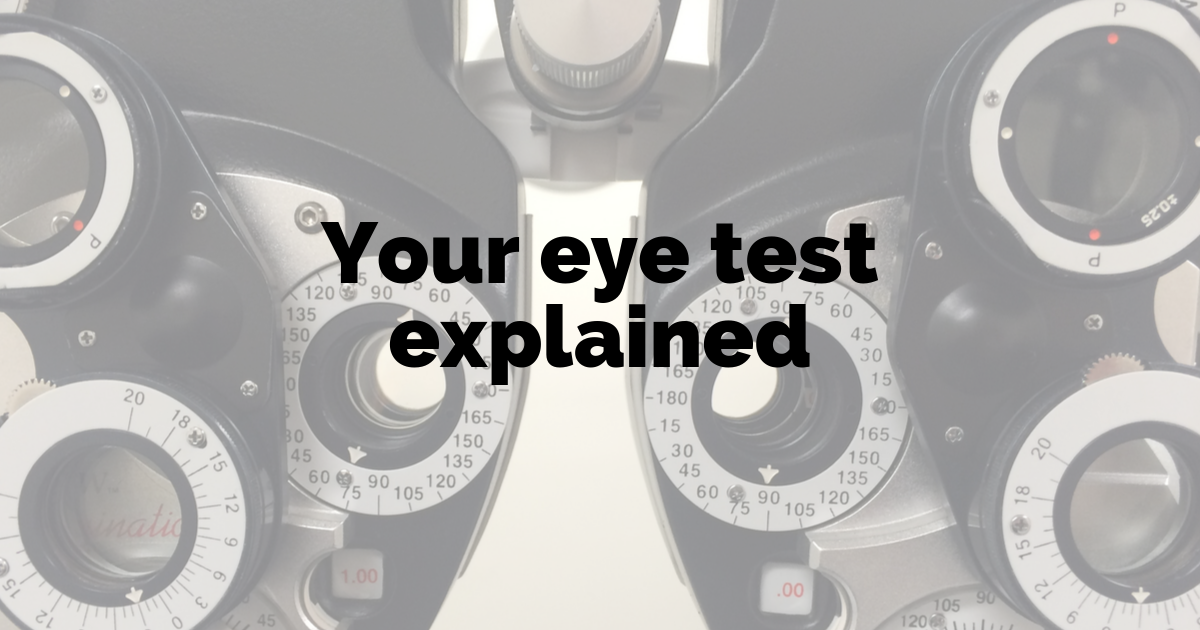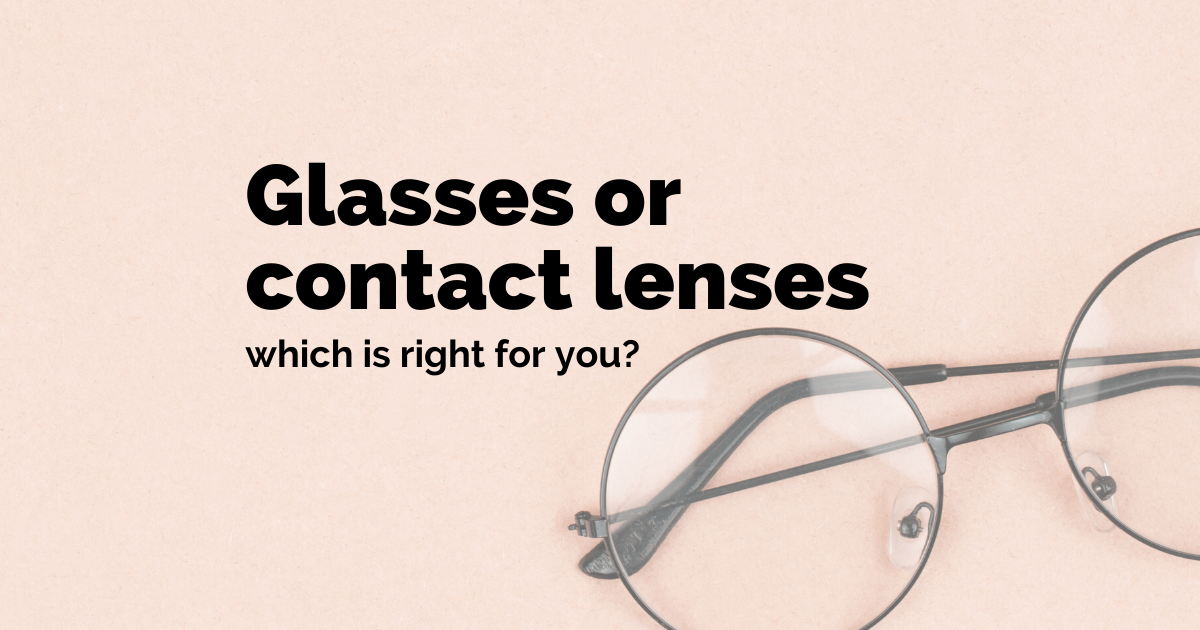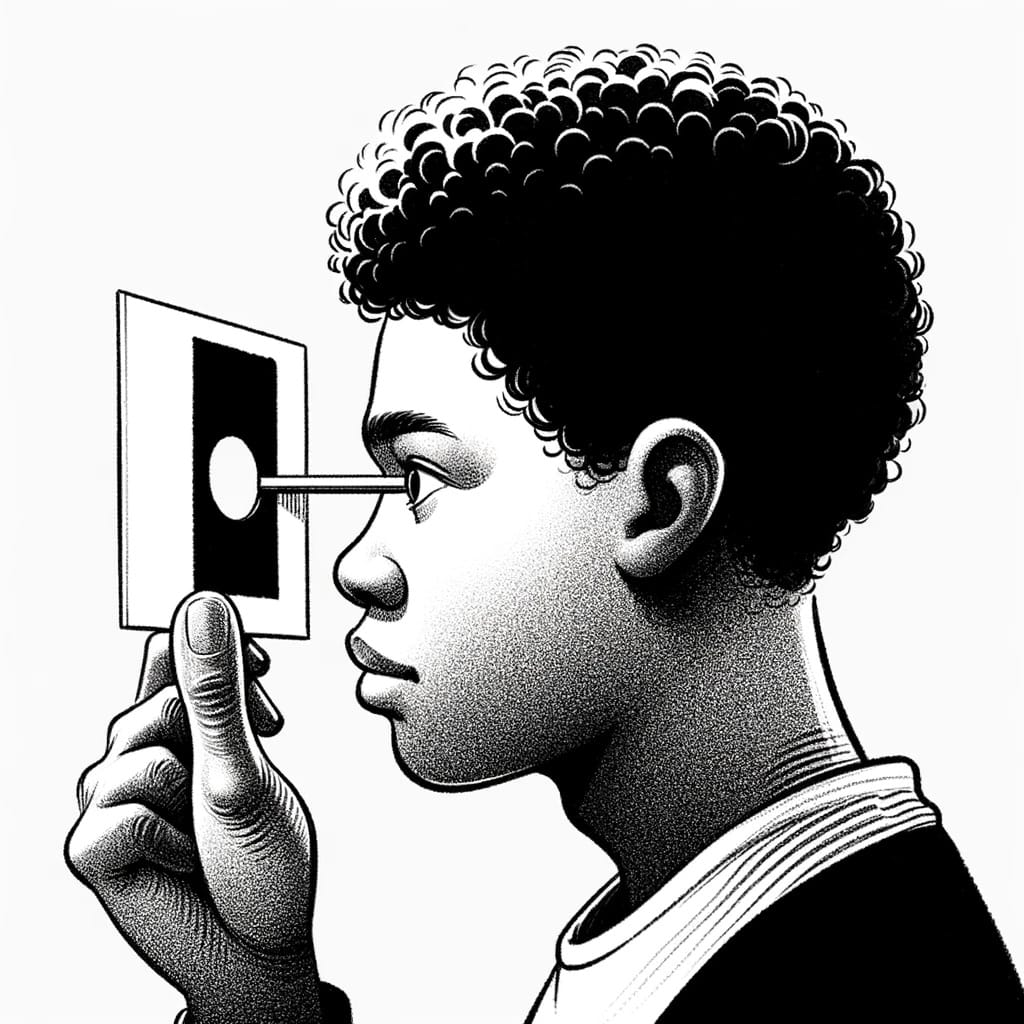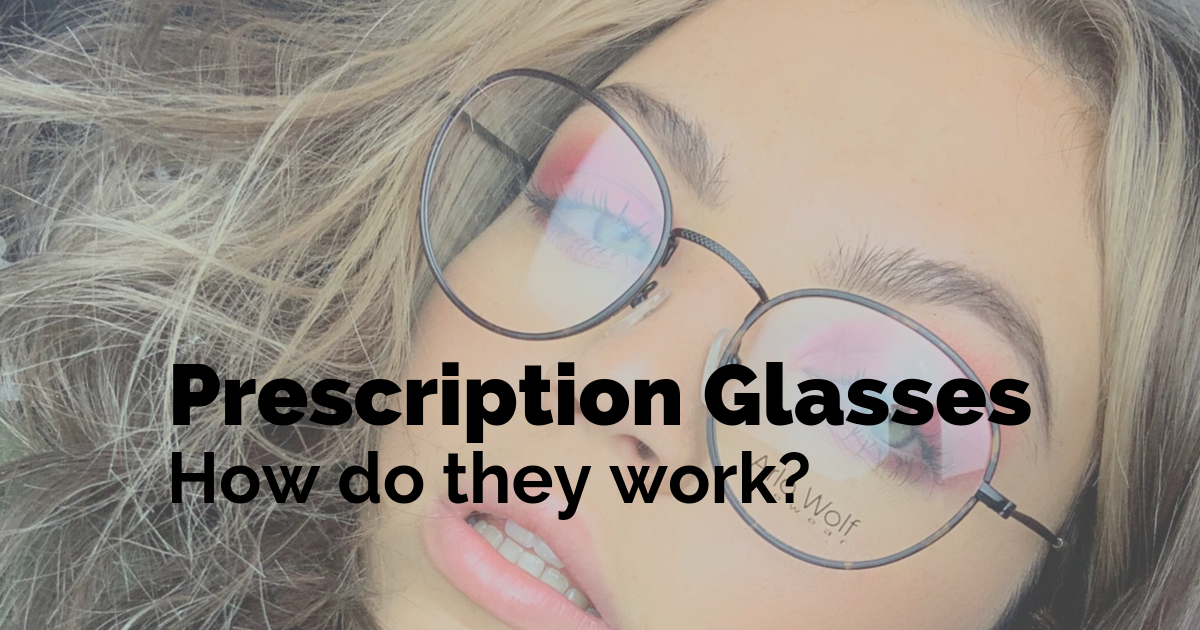Eye tests explained
Eye tests have come a long way over the ages. In ancient civilisations, the human vision was once measured by one glancing up at the night sky and identifying constellations. Fast forward to 2019, it is safe to say that things have changed! A modern-day eye examination procedure is now quite a sophisticated and lengthy one, with optometrists having to perform different eye tests that cater to every individual.
If you’re wondering what happens during an eye test and want to know about the different types of eye tests there are – read on!
The eye examination procedure
First of all, it is important to stress the importance of having regular eye tests. As well as informing you and your optometrist whether you have clear and comfortable vision, eye tests operate as vital health checks. Eye-related conditions, such as glaucoma and macular degeneration, can be spotted with a simple eye test – but the line doesn’t stop there! Eye tests also have the power to spot further conditions such as diabetes and blood pressure, which we will go onto explain.
In terms of the actual eye examination procedure, the process would usually start with the optometrist asking a series of questions about your general health, and whether you are experiencing any vision problems currently. After this, the tests will begin.
Your optometrist will use several tools and machines during the eye test. Every test of the eye examination procedure is designed to look at different aspects of your vision or eye health. This is what we will go onto define below.
Five common types of eye tests
The visual acuity test
The most common of all eye tests is the visual acuity test. As the name suggests, this test determines how clearly you can see. The optometrist will ask you to identify letters of the alphabet printed on a test chart that will be positioned at a distance away from you. For this exercise being a sight test, you will find that the letters get smaller as you move down the chart.
The eye muscle test
This test assesses the muscles that control your eye movement. Your optometrist will ask you to follow a moving object, which is usually a small light, with your eye. In doing this, your optometrist will be able to detect any signs of muscle weakness, poor control or poor coordination in your eyes.
The refraction assessment
This test is designed to help your optometrist determine the best lens prescription for you. The special machine that is used for this process is called the autorefractor, which measures the ability of your eyes to focus. The autorefractor is made up of a series of lenses and your optometrist will ask you to identify which combination of lenses gives you the sharpest vision.
The slit-lamp examination
For contact lens wearers, this test is an important one. A slit lamp is a microscope that illuminates the front of your eye with a ray of light. This enables your optometrist to examine your cornea, iris, and lens to check for any scratches or abrasions.
The retinal examination
Another key part of the eye examination procedure is the retinal examination. This test assesses the back of your eye, including the retina and the optic disk. For this process, your optometrist will use a machine called the ophthalmoscope. This will shine a bright light into your eyes, enabling the optometrist to examine your retina. A digital retinal camera will then be used to photograph the retina, allowing the optometrist to keep a record of your retinal health.
Screening for glaucoma
Your optometrist will use the non-contact tonometer to conduct your glaucoma screening. This machine assesses the fluid pressure inside the eye by bouncing a puff of air at each eye in turn. High levels of pressure can indicate glaucoma, a disease that causes damage to the optic nerve.
And there you have it – your eye exam explained! Once the eye examination procedure is over and you have received your prescription for glasses, why not take advantage of our home trial service and order some glasses to try on at home? Just choose your best four pairs and we’ll send them straight to your door for you to try on.
With our range of women’s glasses and men’s optical glasses, you’ll have a variety of styles and shapes to choose from. Once you’ve found that perfect pair, send them back and we’ll start preparing your prescription lenses with your chosen frames.
Also, don’t forget to check our face shapes guide to find out which glasses suit the shape of your face the most.

 Glasses or contact lenses: Which is right for you?
Glasses or contact lenses: Which is right for you? Staying mentally and physically healthy during Covid-19
Staying mentally and physically healthy during Covid-19 How do you determine which eye is the dominant one?
How do you determine which eye is the dominant one? How do prescription glasses work?
How do prescription glasses work?